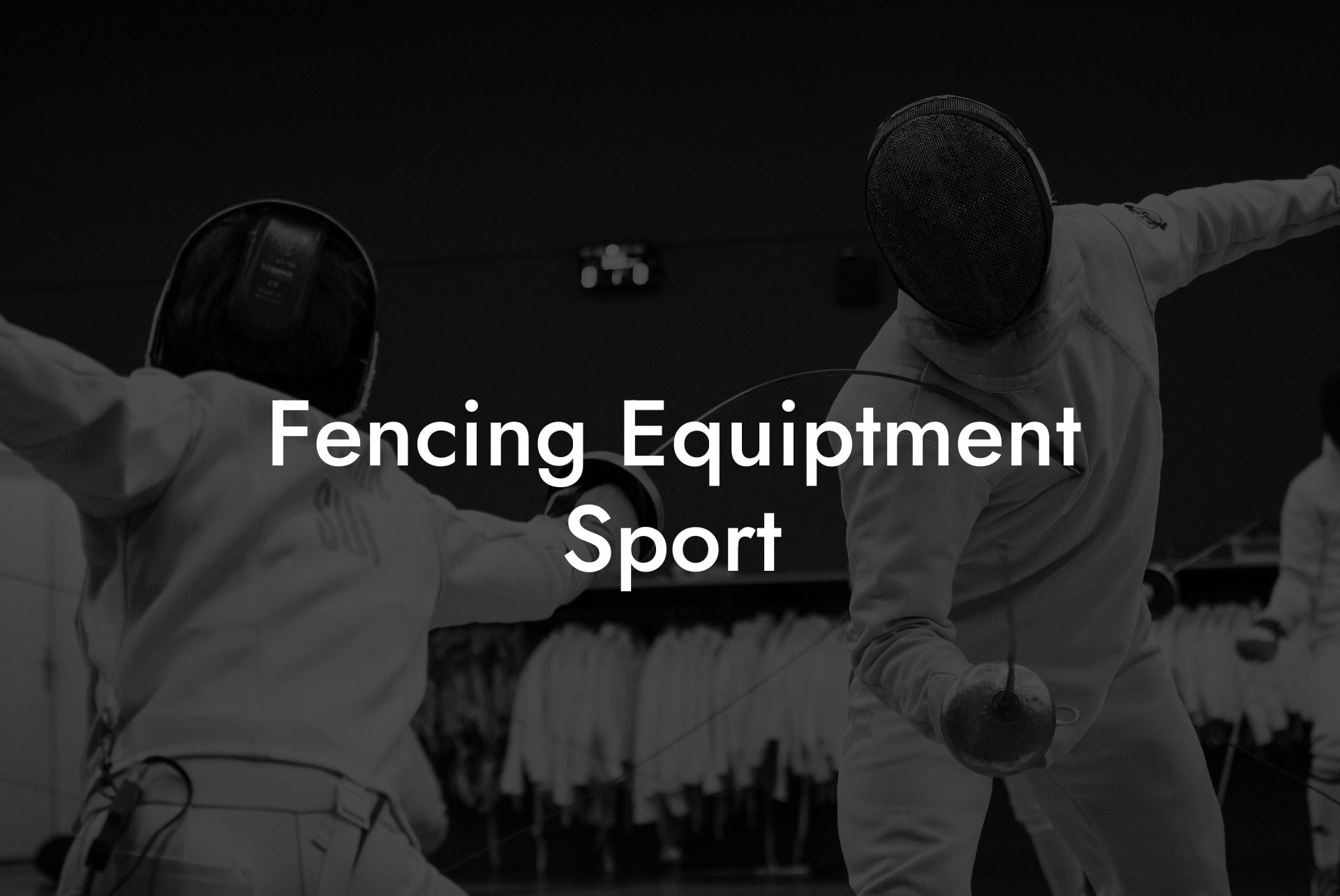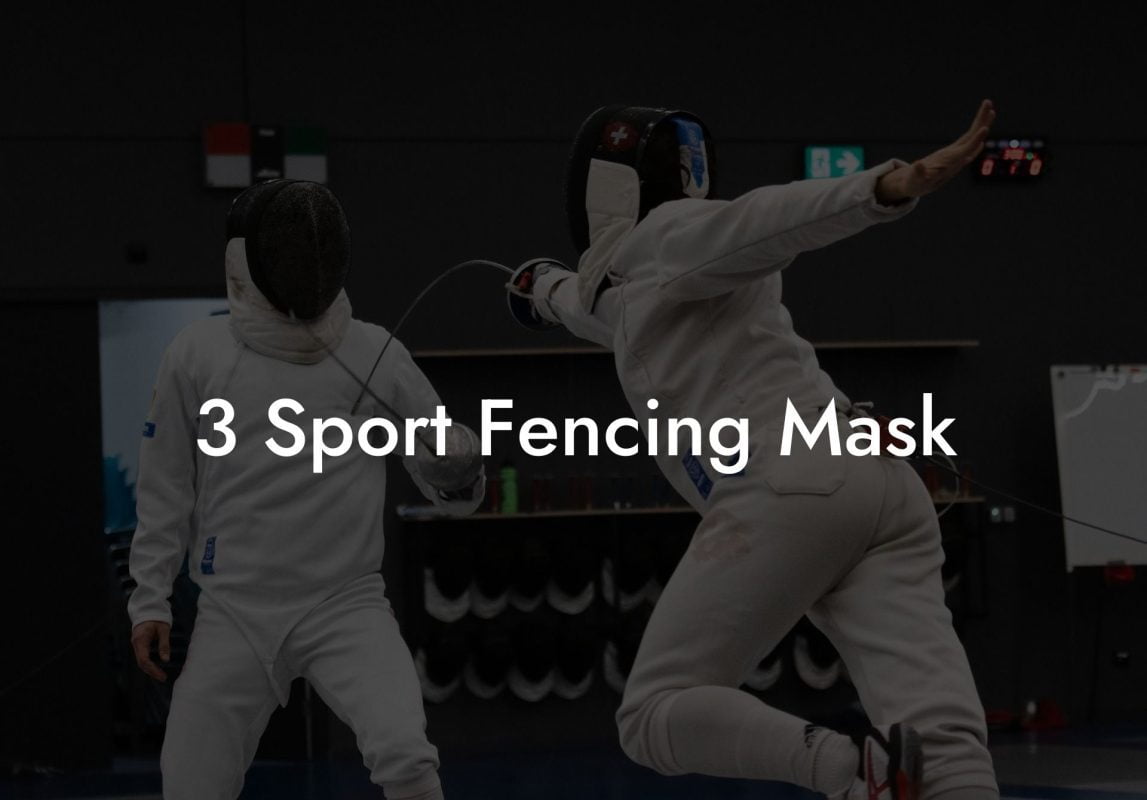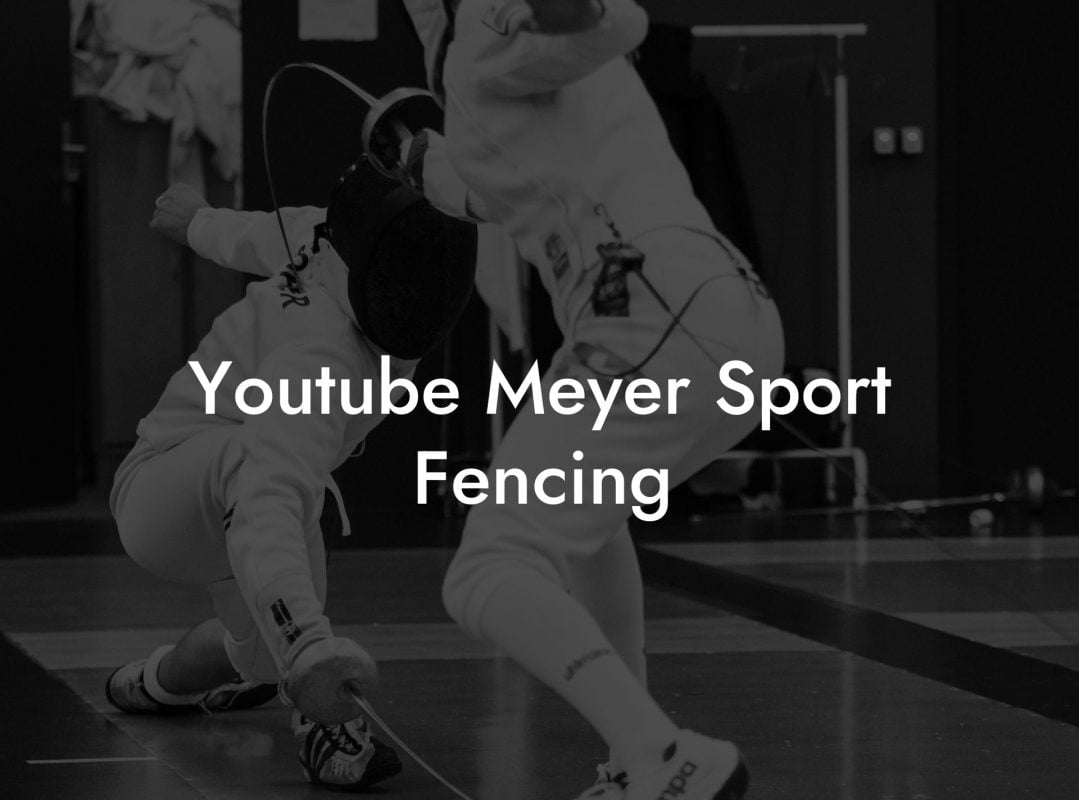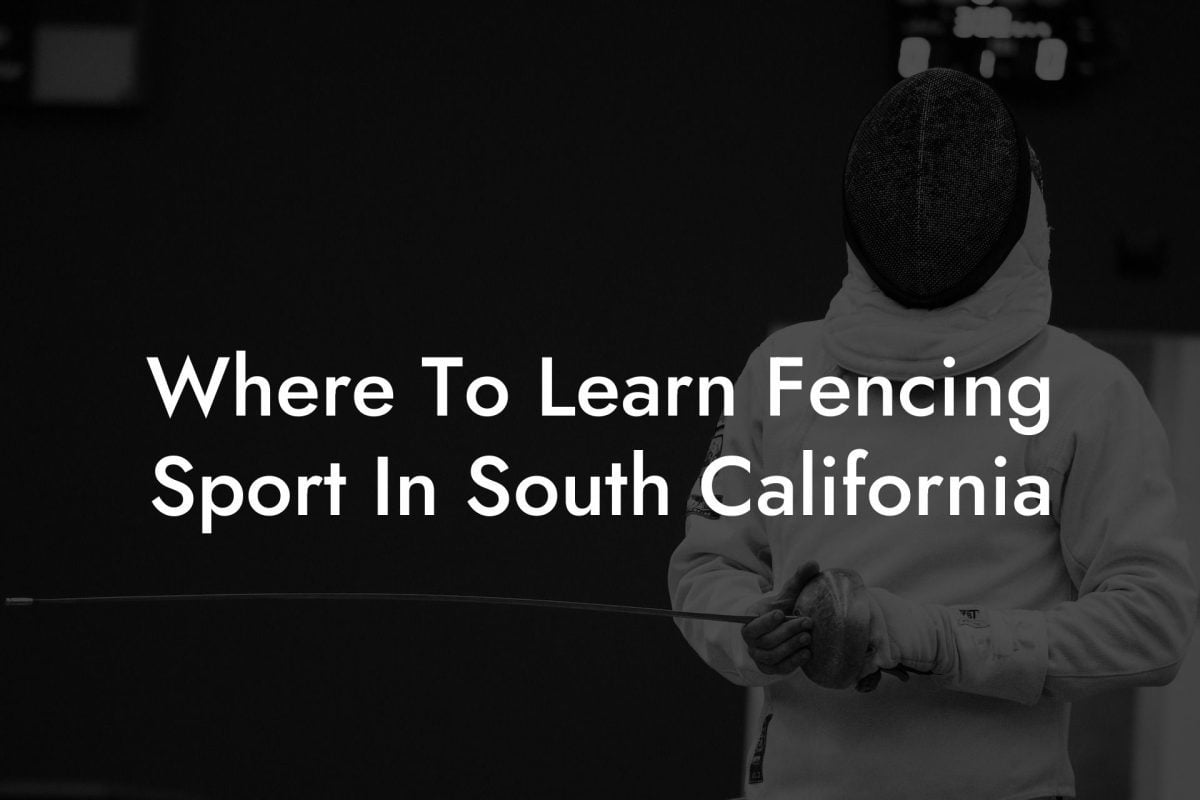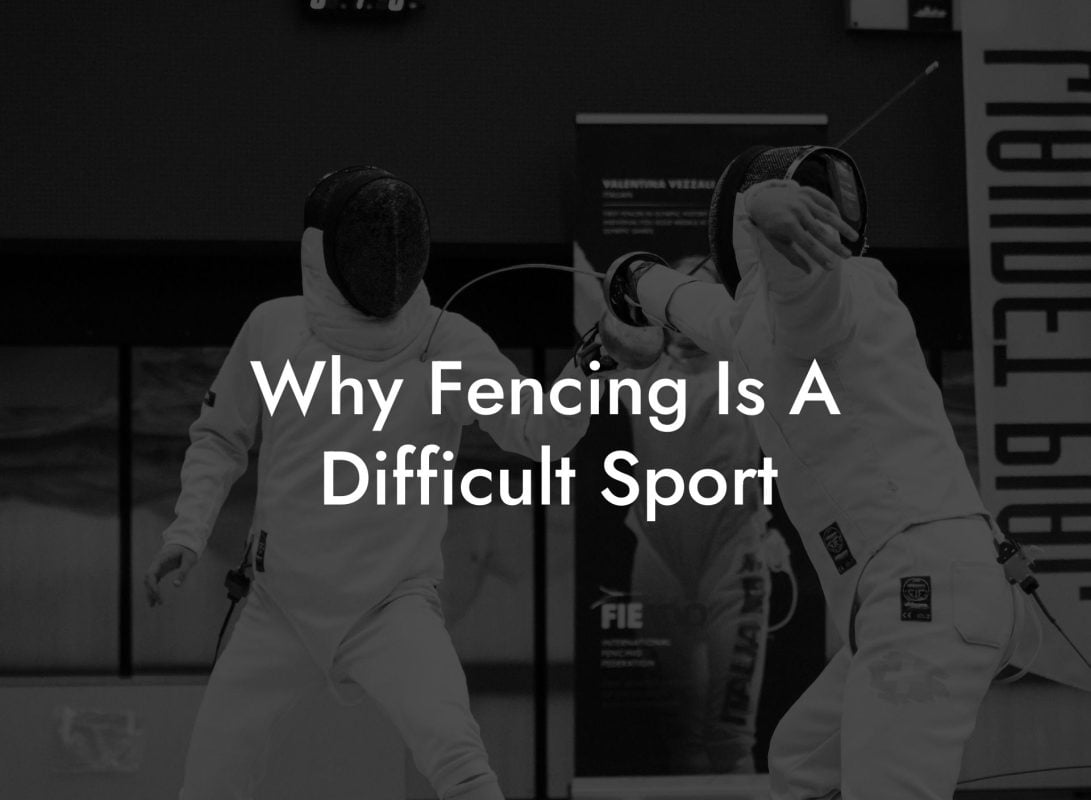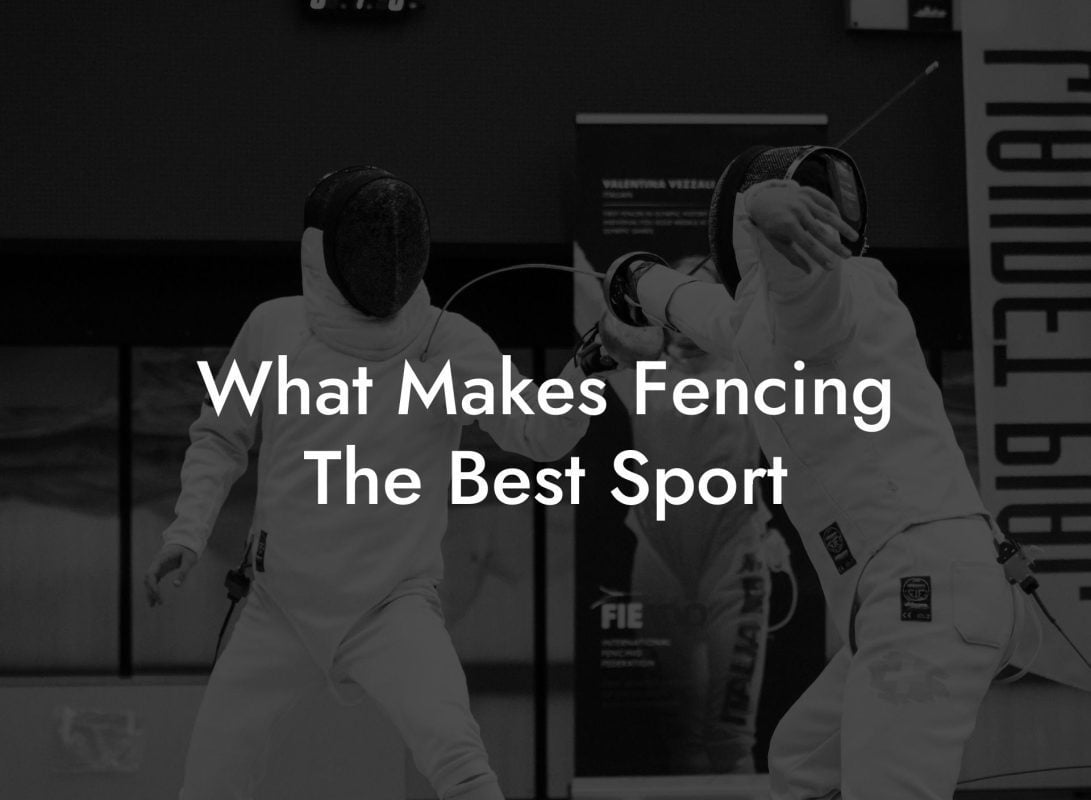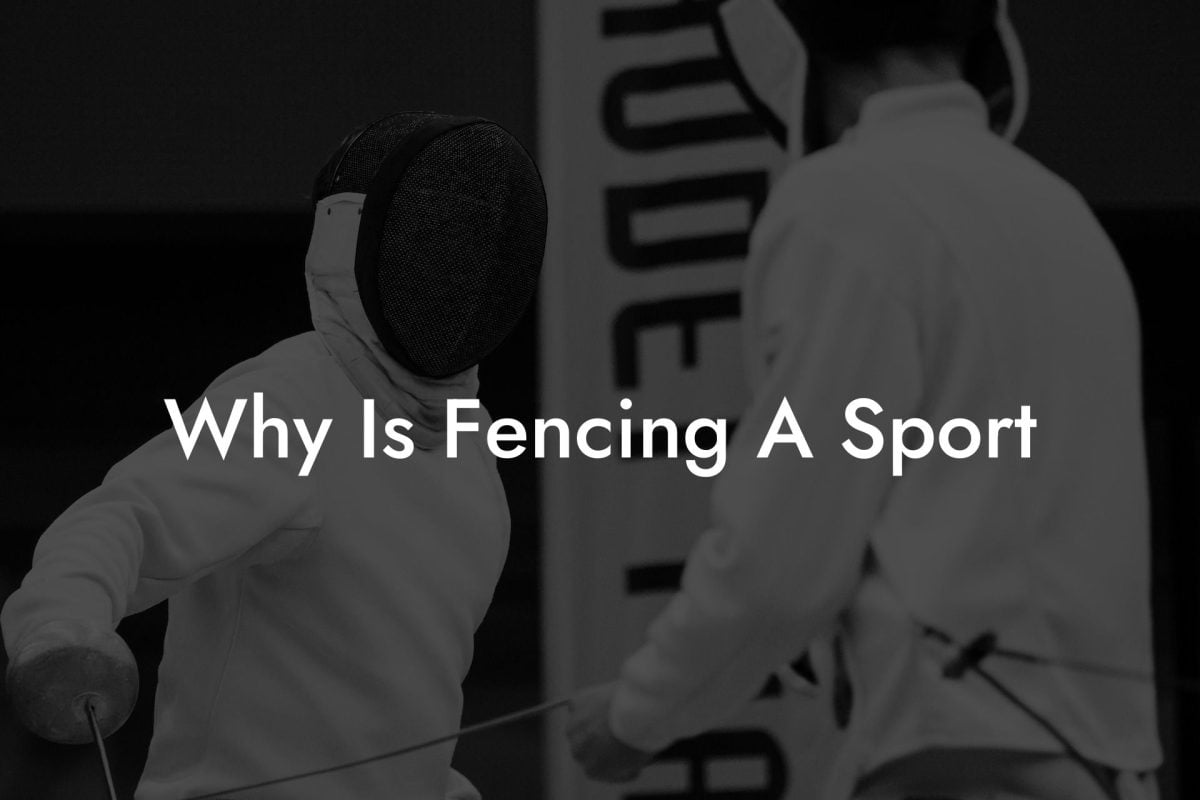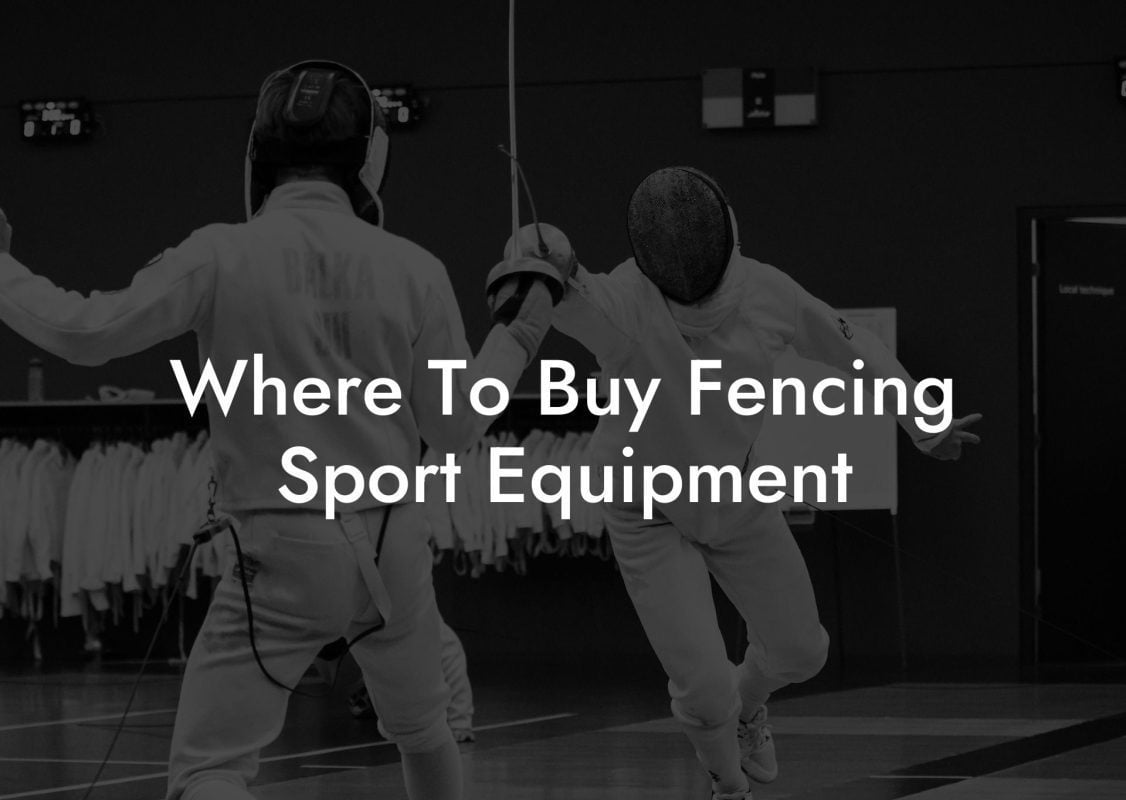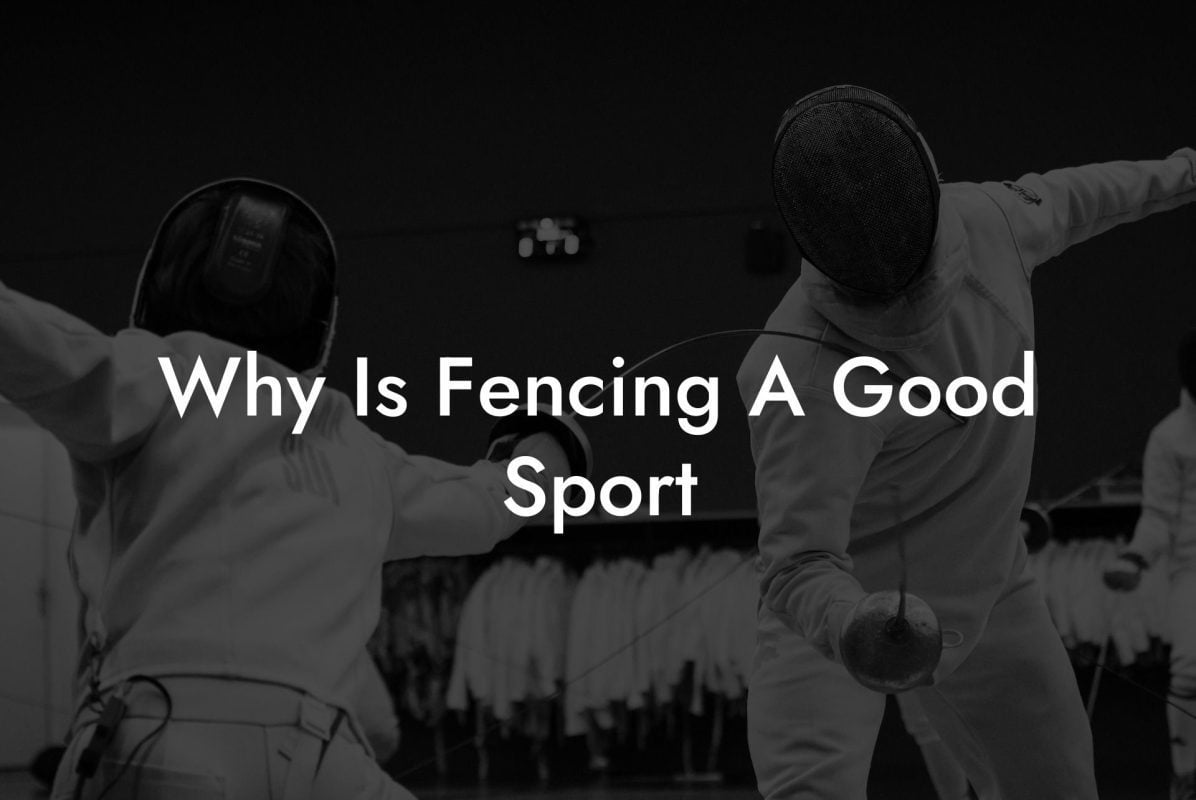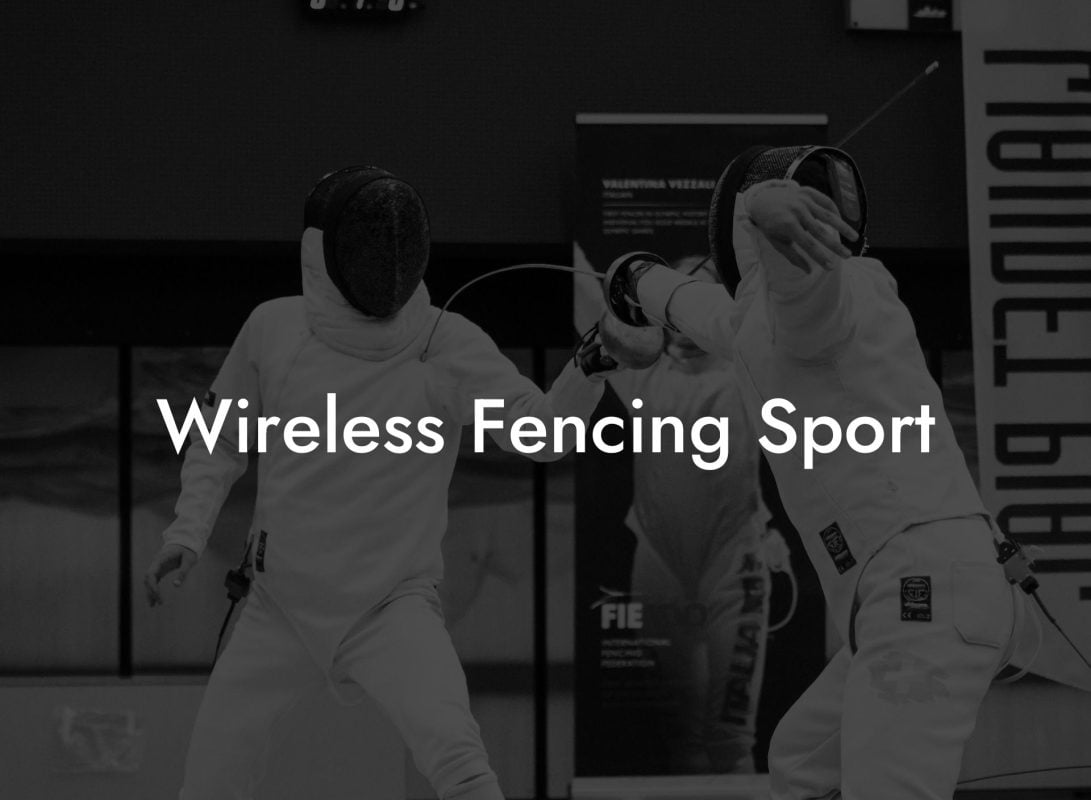Are you interested in the fascinating world of fencing, but don't know where to start with the required equipment? Or maybe you're an experienced fencer looking to upgrade your gear and stay ahead of the competition? Look no further! In this extensive guide, we will delve into the essential fencing equipment needed by beginners, intermediate, and advanced fencers alike, ensuring you’re prepared for any level of competition or training.
Fencing Equiptment Sport Table of Contents
The Three Fencing Weapons
There are three types of fencing weapons, and each one requires specific equipment. Let's start with a brief introduction to each weapon:
1. Foil: The foil is the lightest and most commonly used weapon in modern fencing. It's a thrusting weapon with a flexible, rectangular blade. Points are scored by hitting an opponent with the tip of the blade in their torso.
2. Épée: The épée is a heavier thrusting weapon with a stiffer, triangular blade. Points are scored by hitting an opponent with the tip of the blade anywhere on their body.
3. Sabre: The sabre is a cutting and thrusting weapon with a flexible, chrome-plated, Y-shaped blade. Points can be scored by hitting the opponent with the side or the tip of the blade on the upper body, including the head and arms.
Basic Equipment for All Fencing Weapons
Regardless of the weapon you choose, there's a set of essential equipment you'll need to practice fencing safely and effectively:
1. Fencing Mask: A fencing mask is a crucial piece of safety equipment that protects your face and head. Make sure to purchase a mask that meets your national fencing federation's safety standards.
2. Fencing Jacket: A fencing jacket is made of strong, puncture-resistant material and provides protection for your torso and arms. Jackets are available in back-zip or front-zip styles, with the former being preferred by competitive fencers as it provides a smoother surface area.
3. Fencing Plastron: The plastron is an underarm protector worn beneath the fencing jacket. It provides extra protection for your weapon arm and upper body.
4. Fencing Gloves: You'll require a glove for your weapon hand to protect your fingers against hits. Depending on your weapon, gloves may have additional padding or a conductive material for scoring purposes.
5. Fencing Breeches: Also known as knickers, fencing breeches are designed to provide leg protection and mobility. They are typically made of durable material and feature padding in high-impact areas, like the knees.
Weapon-Specific Equipment
Now that we've covered the basics, let's discuss some weapon-specific equipment:
1. Foil: When fencing with a foil, you'll need a metallic vest, also known as a lame, which covers your valid target area. In addition, you'll need a body cord to connect your weapon to a scoring system.
2. Épée: The épée requires a body cord, with no lame needed since the whole body is a target area in épée fencing.
3. Sabre: Sabre fencers need a metallic jacket or lame, as well as a metallic mask overlay to establish the target area. Sabre gloves also contain conductive material to register touches.
Optional Equipment
Some optional, but highly recommended, equipment pieces include:
1. Chest Protector: A chest protector is ideal for both men and women as it provides added protection to the chest area.
2. Fencing Shoes: Investing in a good pair of fencing-specific shoes ensures proper support, grip, and mobility on the piste.
3. Equipment Bag: A fencing equipment bag helps you conveniently store and transport your gear to practices and competitions.
Fencing Equiptment Sport Example:
Imagine you've decided to start fencing with a foil. To begin your journey, you'll need a fencing mask, foil-specific jacket, fencing breeches, plastron, fencing glove, foil lame, foil body cord, and the foil weapon itself. Additionally, you may choose to invest in a chest protector, fencing shoes, and an equipment bag for added convenience and protection.
Now that you have a solid understanding of the essential fencing equipment required for each weapon and skill level, you're prepared to embark on your fencing journey with confidence. Begin by exploring the vast array of quality gear we've discussed in this guide, and share this article with your fellow fencing enthusiasts. Make sure to check out other guides and resources on Anchorage Fencing Club to enhance your expertise in the sport. Happy fencing!

